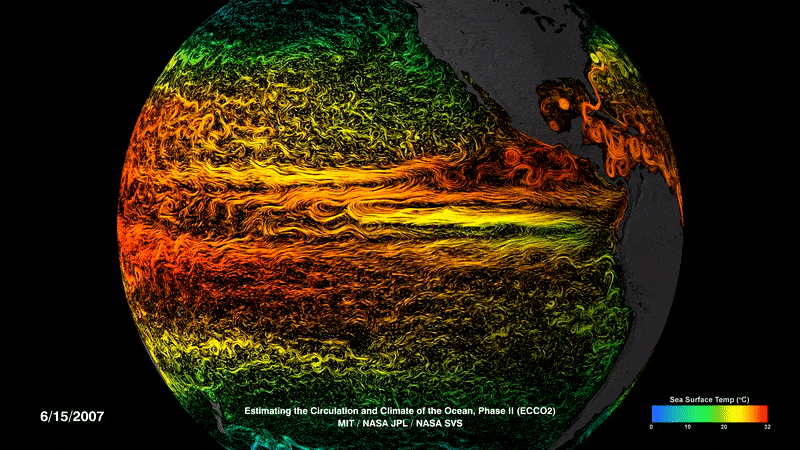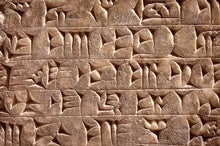3.151 AMICOR (26)
#Com Dra. Valderês Antonietta Robinson Achutti (*13/06/1931+15/06/2021)
Em Manila em fevereiro de 1990 no encerramento do XI World Congress of Cardiology#Re-Publicando artigos Meus: da Zero Hora acho que do início do século
"Summum jus, summa injuria", por Aloyzio Achutti*
Eu era guri quando, em minha terra natal, construíram um novo Fórum e este dístico estava sobranceiro, colocado em pedra no edifício. Aprendi que a tradução seria: "Um excesso de justiça pode ser causa de grande injustiça (dano)". Não tardou para trocarem a frase por "Dura lex, sed lex", provavelmente como reação corporativa, ou arrogância de linha-dura, facilmente encontrável em qualquer tempo e lugar.
É bom pensar no assunto enquanto está viva a discussão sobre Tropa de Elite, e o terrorismo a propósito e contra o "terrorismo" internacional. É pena, mas em nome da religião, da ciência, em defesa de princípios e de nobres causas, muitas vezes - com boas intenções - se manifestam instintos discriminatórios e se justificam violências.
Há também os oportunistas que descobrem mercado nas vicissitudes e passam a investir no filão, não se importando muito com as conseqüências. E para cada argumento que encontra eco, juntam-se facilmente grupos de prosélitos e acólitos a reverberar sem crítica as mensagens estereotipadas.
Pois a medicina - arte e ciência - está também sujeita às mesmas contingências. Há exemplos muito variados, basta trocar "jus/injuria" por "saúde/doença". A propósito, recentemente um estudo que pretendia demonstrar vantagens em obter em diabéticos níveis de glicose no sangue iguais aos de pessoas sadias teve que ser interrompido porque a mortalidade no grupo do tratamento exagerado foi maior do que no controle.
Bem cedo, ainda na faculdade, se aprende que criança não é um adulto em miniatura e que velho não é simplesmente um adulto com muita idade. Está-se chegando agora à idéia de que uma pessoa doente não é a mesma coisa do que uma sadia com parâmetros biológicos anormais.
As "metas" para prevenção em pessoas normais, nem sempre serão as ideais para os doentes. O reconhecimento da biodiversidade, a individualização das prescrições e o respeito pela relação humana médico-paciente são fundamentais e não se alteram com novas conquistas científicas e tecnológicas. Pelo contrário, quanto mais poder, maior o risco de dano.
Voltando às frases lapidares (latinas) - mesmo em nome da prevenção - , nada justifica passar por cima do refrão que se aprende no primeiro dia de aula: "Primum non nocere". O primeiro preceito da medicina é não causar dano.
*Médico
#Santa Maria - Hospital de Caridade 125 anos
Visitou-nos no fim da semana passada um arquiteto conterrâneo que está organizando a publicação de um livro comemorativo do centenário do Hospital de Caridade de Santa Maria. Revimos fotografias da coleção de nosso pai Bortolo Achutti que era muito amigo do Dr. Francisco Mariano da Rocha que fazia parte da direção do Hospital. Quem tiver fotos ou documentos antigos do Hospital, agradecemos se puder nos emprestar.
 Alex Scherer, dando-nos o prazer de sua visita, em Porto Alegre, comigo e minha irmã Dra. Maria Helena Cechella Achutti (9/08 p.p.)#British Library
Alex Scherer, dando-nos o prazer de sua visita, em Porto Alegre, comigo e minha irmã Dra. Maria Helena Cechella Achutti (9/08 p.p.)#British Library
For research, inspiration and enjoyment |
| |
|
|
Free Elizabeth and Mary exhibition |
Missed our Elizabeth and Mary: Royal Cousins, Rival Queens exhibition? This free 30-minute digital tour with lead curator Andrea Clarke gives a fresh and revealing look at the extraordinary relationship between royal cousins Elizabeth I and Mary, Queen of Scots. |
|
|
|
|
|
|
#
 | Neuroscience News Aug 24 |
Researchers discovered a link between age-related hearing loss and decreased cholesterol in the inner ear. This cholesterol reduction affects the outer hair cells (OHCs), which are essential for amplifying sounds. Read more of this post
#aeonMagazine
|
|
|
New Codes Could Make Quantum Computing 10 Times More Efficient By CHARLIE WOOD Quantum computing is still really, really hard. But the rise of a powerful class of error-correcting codes suggests that the task might be slightly more feasible than many feared.
Read the article |
|
How A Worm Brain Works
Which neurons fire when a nematode turns right, turns left or eats lunch? The behaviors associated with more than 150 neurons in the worm Caenorhabditis elegans are detailed in a new atlas, as described by Lauren Leffer in Scientific American. Scientists mapped all 302 neurons in the C. elegans nervous system in 1986, creating the first complete connectome. Connectomes for larger, more complex organisms could enable predictions of their behaviors too, as Monique Brouillette explained for Quanta in 2021.
A Crash Course in Black Hole Collisions
When two black holes collide, the resulting gravitational waves can send one of the black holes hurtling through space — at speeds up to 28,500 kilometers per second, or nearly one-tenth the speed of light, according to a new simulation described in Science News by Nikko Gasa. How do such black hole collisions happen? In some cases, it’s possible that a third black hole nudges them together, Erika Carlson reported for Quanta in 2019. |
|
|
#Our World in Data
Homicide data: how sources differ and when to use which one
Measuring homicides across the world helps us understand violent crime and how people are affected by interpersonal violence.
But, as with measuring many things we care about, measuring homicides is challenging. Even homicide researchers do not always agree on the characteristics that define a homicide. Even when a definition is agreed upon, it is difficult to count each homicide.
In our work on homicides, we provide data from five main sources:The WHO Mortality Database The Global Study on Homicide by the UN Office on Drugs and Crime The History of Homicide Database by Eisner The Global Burden of Disease study by the Institute for Health Metrics and Evaluation The WHO Global Health Estimates
In this article, we take a deep dive into these sources to understand where they agree, where they differ, and why. We discuss what these differences mean and when to use which source (answer: it depends on your questions).
We hope this deep dive serves as an example that helps you understand the complexities of global statistics and demonstrates the utility of a nuanced approach to extracting insights from such data. |
|
Explore our featured work |
|
|
Breaking out of the Malthusian trap: How pandemics allow us to understand why our ancestors were stuck in poverty
Poverty and poor material living conditions were such a persistent and pervasive reality for much of human history that it was unimaginable it could ever be different.
Writing in 1798, the Reverend Thomas Malthus lamented the living conditions in his native England: “It has appeared that from the inevitable laws of our nature, some human beings must suffer from want. These are the unhappy persons who, in the great lottery of life, have drawn a blank.”
In the past, our ancestors did achieve productivity increases (for example, producing more crops or other goods), but this reliably led to a bigger population, and not better living conditions for each individual. This has come to be known as “the Malthusian trap,” after Thomas Malthus.
But Malthus turned out to be very wrong about the world’s reality after his death: In the two centuries since then, many countries have broken out of the Malthusian trap, achieved economic growth, reduced poverty, and improved living conditions overall.
How did this happen? Why were our ancestors stuck in poverty for so long?
In this article we take a detailed walk through our past to understand why our ancestors remained in poverty for so long, and why sustained economic growth — where the material living conditions of a population increase over several generations — was not achieved until just a few generations ago. |
|
The mission of Our World in Data is to make data and research on the world’s largest problems understandable and accessible. |
|
#Scientific America
QUANTUM PHYSICS Quantum Physics Can Explain Earth's Weather By treating Earth as a topological insulator—a state of quantum matter—physicists found a powerful explanation for the twisting movements of the planet’s air and seas | | By Katie McCormick,Quanta Magazine |
|
|
|
|

















No comments:
Post a Comment